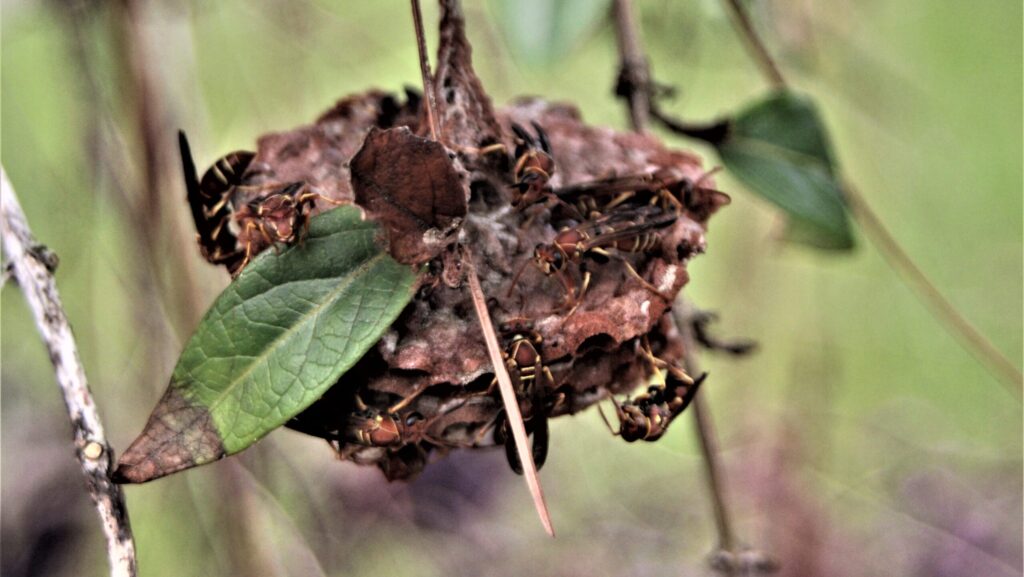The natural world teems with remarkable examples of social organization, but few are as intricate and fascinating as insect societies. From the lone wasp foraging for her offspring to the complex metropolis of an ant colony with millions of inhabitants, the spectrum of social behavior in insects offers a window into one of evolution’s most compelling stories. Social insects—ants, bees, wasps, and termites—represent just 2% of insect species yet constitute over half of the global insect biomass. This extraordinary ecological success stems from their revolutionary approach to survival: cooperation on a scale so profound that some colonies function essentially as single organisms. The journey from solitary existence to these sophisticated societies didn’t happen overnight—it unfolded across millions of years through evolutionary processes that continue to fascinate scientists. This article explores how insect societies evolved, what drives their complex behaviors, and why these tiny creatures might hold important lessons for understanding cooperation at all levels of life.
The Solitary Beginning: Life Before Sociality
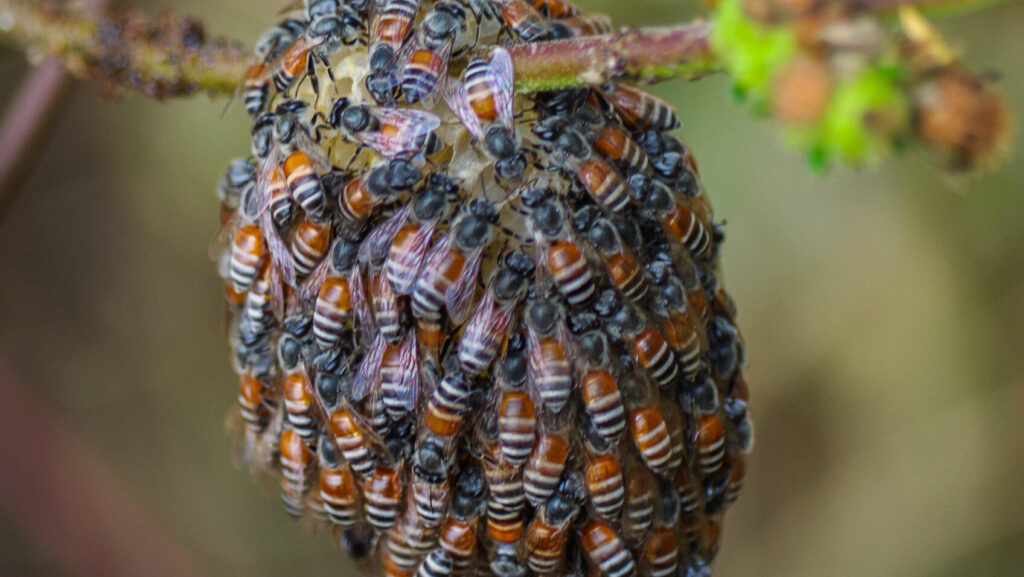
Before the emergence of complex insect societies, the ancestral state for most insects was solitary living—a lifestyle still practiced by the vast majority of insect species today. These solitary insects typically follow a straightforward life cycle: an adult female lays eggs, possibly providing some form of provisioning, but generally offers no care after egg-laying. The offspring develop, mature, mate, and continue the cycle independently, never knowing their parents or siblings. This individualistic existence requires each insect to master all survival skills—finding food, avoiding predators, locating mates, and constructing nests or shelters. Solitary bees like carpenter bees or leafcutter bees exemplify this lifestyle, with females creating and provisioning individual nest cells for each egg before moving on to the next. These independent operators form the evolutionary baseline from which all insect societies eventually developed, making them crucial reference points for understanding the transitions toward sociality.
Subsocial Behavior: The First Steps Toward Togetherness

The initial movement toward sociality in insects began with extended parental care, particularly maternal care, which scientists term “subsocial” behavior. In subsocial insects, mothers remain with their offspring for extended periods, protecting eggs and young from predators and sometimes even feeding developing larvae. This extended care significantly increases offspring survival rates, creating a powerful selective advantage that helped establish the behavioral foundations for more complex social arrangements. Examples include certain earwigs, which guard their eggs and even bring food to their nymphs, or some cockroach species where females protect their young inside specialized brood pouches. The burying beetle takes subsociality further, with both parents working together to prepare and preserve a small animal carcass as food for their developing larvae. These subsocial arrangements represent an evolutionary halfway house between solitary living and true sociality, introducing the critical elements of parental investment and cooperation that would later be elaborated into complex social systems.
Parasocial Evolution: Sharing Resources Without Sharing Labor
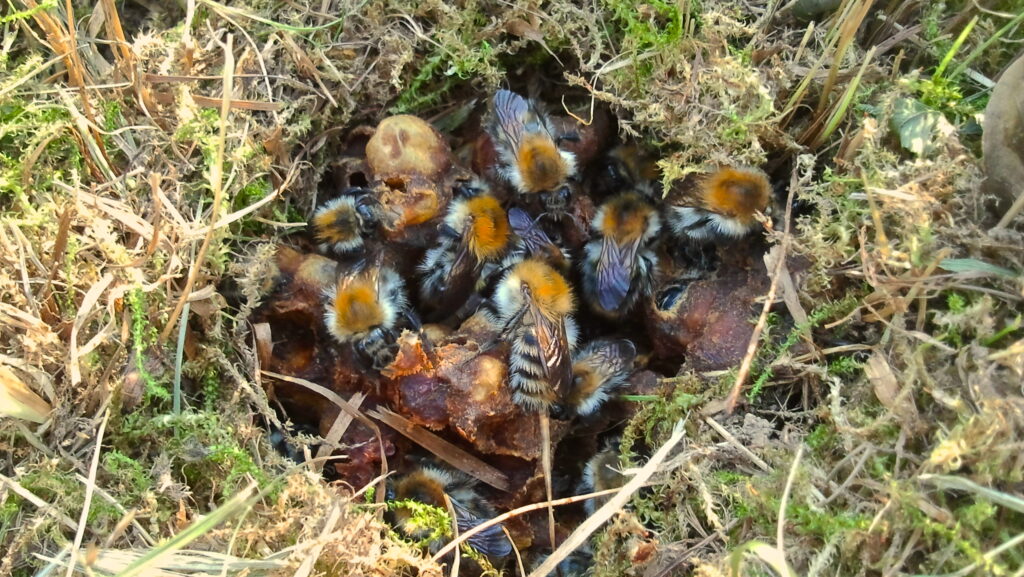
Another evolutionary pathway toward complex sociality runs through what entomologists call “parasocial” behavior, where individuals of the same generation interact without true division of labor. In parasocial arrangements, adults may share nesting resources or even cooperate in nest defense, but typically maintain individual reproductive capabilities rather than dividing into reproductive and non-reproductive castes. Communal bees exemplify this behavior by sharing common nest entrances while maintaining separate brood cells, gaining protection benefits without sacrificing reproductive independence. Quasisocial groups take this a step further, with females cooperatively caring for brood but each still laying their own eggs. The most advanced parasocial arrangement is semisociality, where some division of labor occurs between egg-layers and foragers, though all females are capable of reproduction. These parasocial systems demonstrate how the advantages of proximity and cooperation—including improved nest defense, increased foraging efficiency, and reduced predation—could drive evolutionary transitions toward more integrated social systems without immediately requiring the reproductive sacrifice that characterizes advanced insect societies.
The Rise of Eusociality: Nature’s Revolutionary Social System
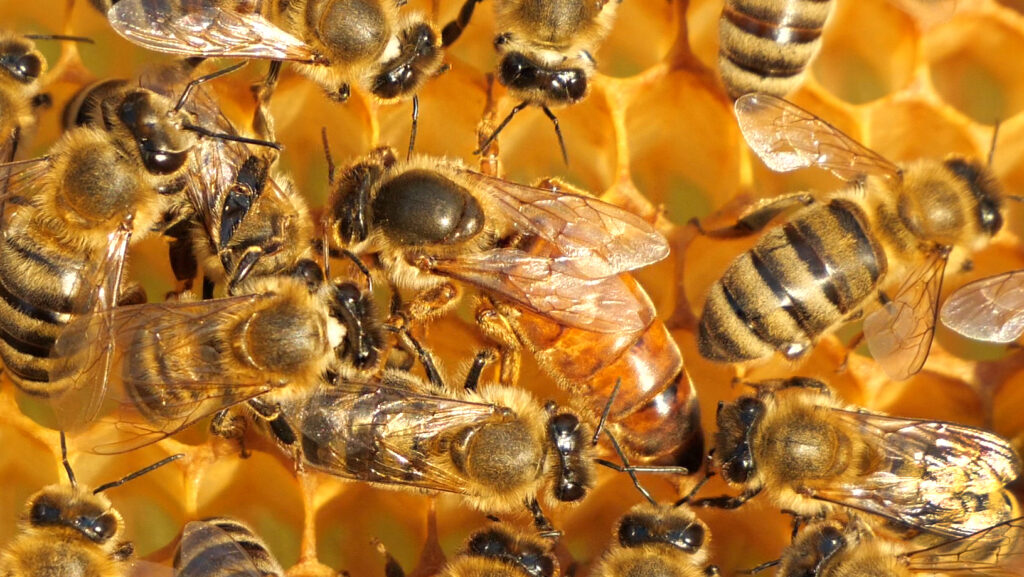
Eusociality represents the pinnacle of social evolution in the insect world, defined by three critical characteristics that transformed how insects organize their lives. First, these societies feature cooperative brood care, where multiple individuals contribute to raising young that aren’t necessarily their own offspring. Second, they exhibit overlapping generations, allowing mothers to interact with their adult daughters and creating continuity within the colony. Third, and most revolutionary, they display reproductive division of labor, with specialized reproductive individuals (queens) and non-reproductive workers. This arrangement, found in all ants and termites and many bees and wasps, represents one of evolution’s major transitions, comparable to the emergence of multicellularity. The eusocial framework enables remarkable specialization—workers in an ant colony might serve as foragers, defenders, nurses, or waste managers, much as cells in a body perform specific functions. This social arrangement has evolved independently at least 17 times in the insect world, suggesting powerful selective advantages that repeatedly drove different lineages toward this extraordinary level of cooperation despite the apparent reproductive sacrifice required of most colony members.
Kin Selection: The Genetic Logic Behind Altruism
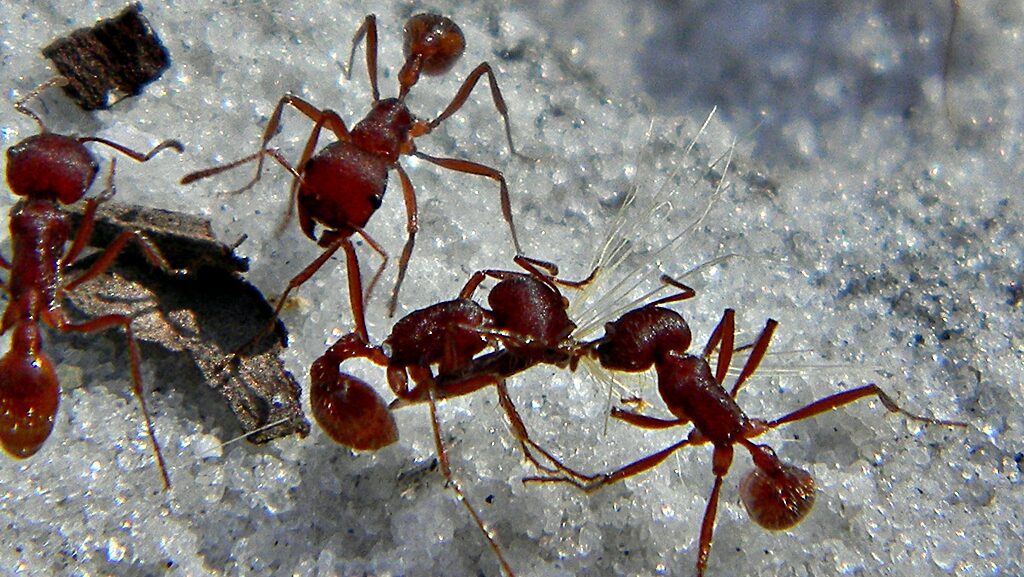
The existence of sterile worker castes in social insects long puzzled evolutionary biologists, as classical natural selection theory struggled to explain why individuals would sacrifice their reproduction to help others. This apparent paradox found its resolution in W.D. Hamilton’s theory of kin selection, which demonstrated that individuals could increase their genetic representation in future generations by helping close relatives reproduce. In Hymenoptera (ants, bees, and wasps), a peculiar genetic system called haplodiploidy means that sisters share 75% of their genes—more than they would share with their own offspring (50%). This unusual genetic relatedness creates conditions where workers can pass more of their genes to the next generation by helping their mother produce sisters rather than by having their own offspring. The mathematics of genetic relatedness helped explain why eusociality evolved independently multiple times in the Hymenoptera while remaining rare elsewhere in the animal kingdom. Importantly, kin selection doesn’t require insects to “calculate” relatedness—it simply means that genes promoting helping behavior in high-relatedness contexts would spread because they effectively increased their own transmission to future generations.
The Emergence of Castes: Specialization in Body and Behavior
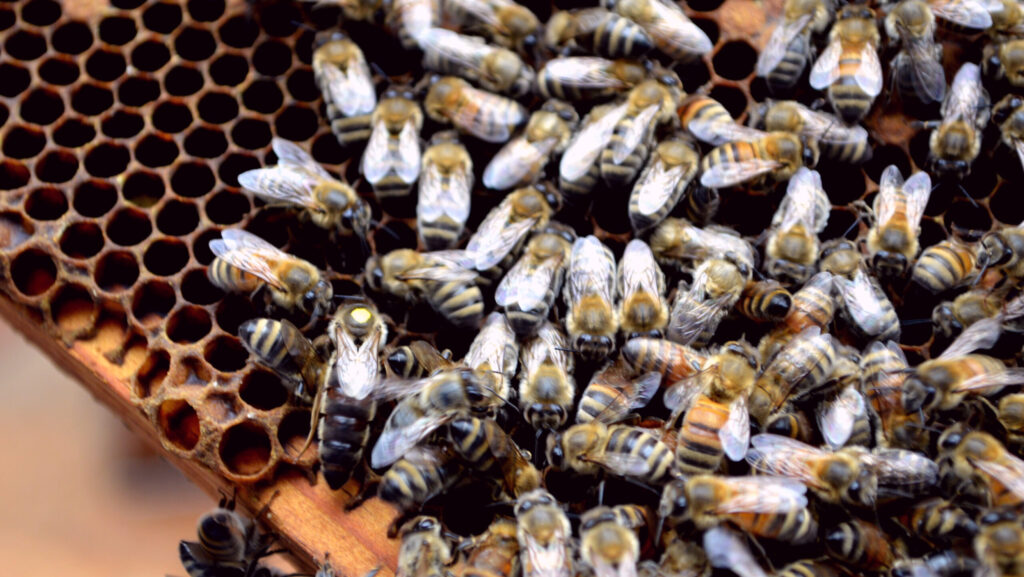
One of the most striking features of advanced insect societies is the development of specialized castes—groups of individuals with distinct physical characteristics and behavioral roles optimized for specific colony functions. These differences can be dramatic: a termite queen might grow thousands of times larger than workers, while soldier ants may develop massive mandibles capable of slicing through predators but rendering them unable to feed themselves. Caste determination happens through several mechanisms, including differential feeding during larval development (as in honey bees, where royal jelly produces queens), genetic factors (in some ant species), and age-related behavioral changes (temporal polyethism). The evolution of physical castes represents a remarkable example of phenotypic plasticity, where the same genome can produce radically different body forms depending on developmental conditions. This specialization allows colonies to optimize the form and function of individuals for specific tasks—creating efficient assembly lines of specialists rather than generalists. The development of castes parallels the specialization of tissues and organs in multicellular organisms, supporting the concept of insect colonies as “superorganisms” where individuals function like cells in a larger whole.
Communication Networks: The Social Glue of Insect Societies
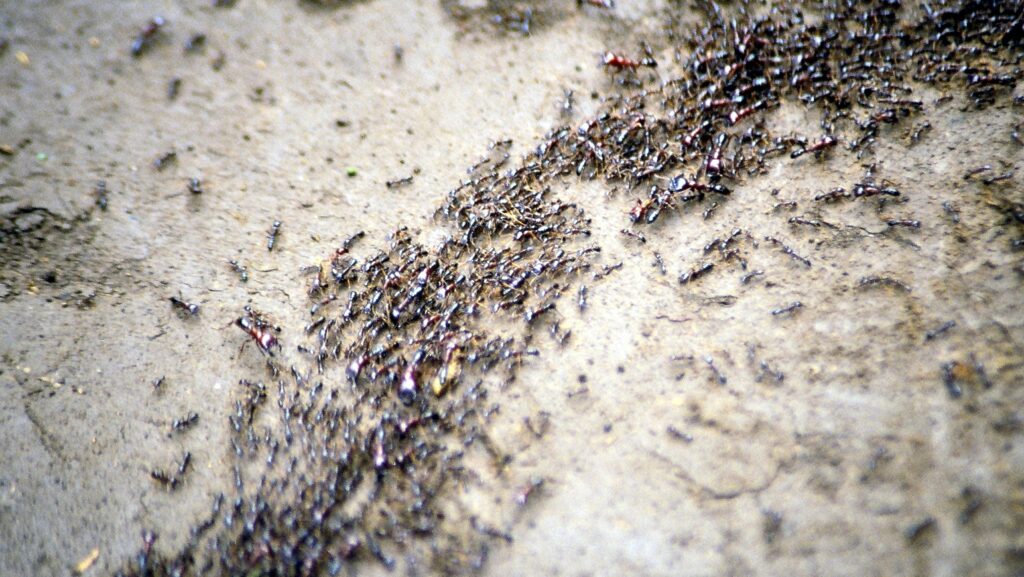
The functioning of complex insect societies depends on sophisticated communication systems that coordinate the activities of thousands or millions of individuals. These communication networks rely primarily on chemical signals called pheromones, which can transmit remarkably specific information. A foraging ant that discovers food lays a chemical trail that guides nestmates to the resource while conveying information about quality and quantity. Honey bees perform intricate waggle dances that communicate the distance, direction, and quality of nectar sources to their hive mates with mathematical precision. Beyond these intentional signals, social insects constantly exchange information through the chemicals on their cuticles, creating a shared colony odor that helps identify nestmates and intruders. Tactile communication through antennation allows ants to request food from nestmates or signal alarm, while vibrational signals help termites coordinate colony defense. These multifaceted communication systems create information networks that enable coordinated responses to environmental challenges without centralized control. The queen doesn’t “command” the colony—rather, local interactions between individuals and their responses to chemical and physical signals create emergent coordination that allows these societies to function as coherent wholes.
Division of Labor: The Organizational Genius of Insect Colonies
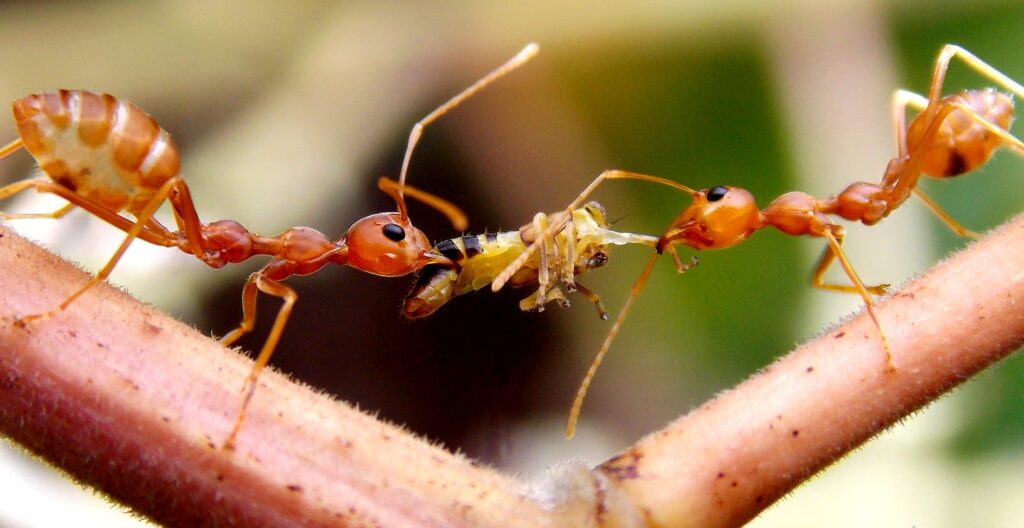
The extraordinary efficiency of insect societies stems from their sophisticated division of labor, which distributes tasks among colony members to maximize collective productivity. This labor distribution operates at multiple levels, from the reproductive division between queens and workers to specialized subcastes within the worker population, and even age-related task allocation within those subcastes. Young worker honey bees typically perform hive maintenance and brood care before transitioning to foraging duties as they age—a pattern called age polyethism that maximizes worker efficiency over their lifespan. Task allocation isn’t rigidly programmed but responds dynamically to colony needs through feedback mechanisms: if foragers die suddenly, younger bees accelerate their development to fill the gap. This flexibility allows colonies to maintain homeostasis despite fluctuating environmental conditions and changing colony demographics. Unlike human organizations with central planners, insect societies achieve this remarkable coordination through distributed intelligence—individual responses to local stimuli that collectively produce adaptive colony-level behaviors. This self-organizing principle enables insect societies to solve complex logistical problems without any individual comprehending the overall pattern, demonstrating how simple rules followed by many individuals can generate surprisingly sophisticated collective outcomes.
Collective Decision-Making: Wisdom of the Swarm
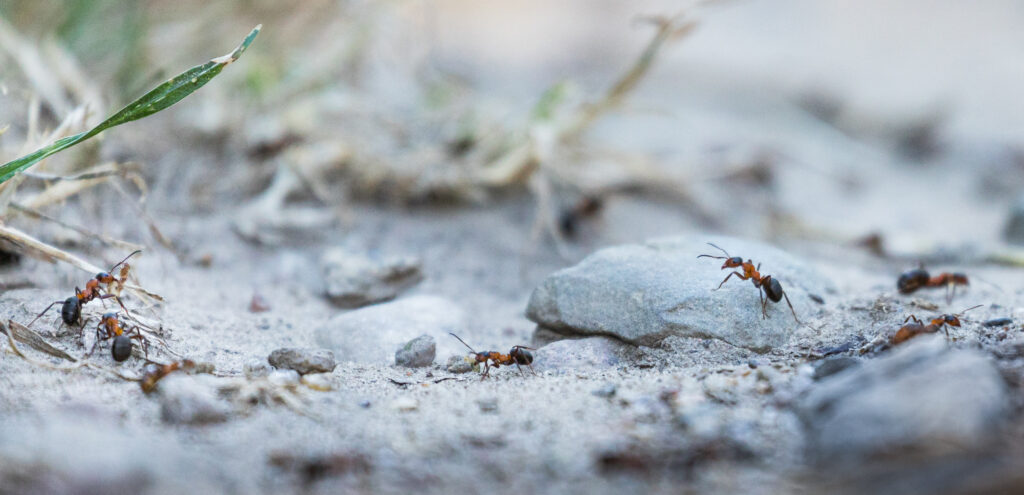
Insect societies routinely make life-or-death collective decisions that demonstrate remarkable computational abilities emerging from simple interactions among individuals. When honey bee colonies outgrow their homes, they face the critical challenge of selecting a suitable new nest site—a decision requiring evaluation of multiple criteria including volume, entrance size, height above ground, and protection from elements. Scout bees explore potential sites and recruit others using waggle dances whose intensity corresponds to site quality. Through this process, support gradually accumulates for superior options until consensus emerges without any central coordinator. Similarly, ant colonies can determine the shortest path to food sources through simple pheromone feedback mechanisms that function essentially as distributed algorithms. These collective decision-making processes exhibit sophisticated properties: they integrate multiple information sources, balance speed against accuracy, and implement “quorum sensing” to determine when sufficient agreement exists to act. These mechanisms enable colonies to make decisions that frequently outperform the capabilities of any individual member—a phenomenon scientists call “swarm intelligence.” The principles behind these natural decision-making systems have inspired computational approaches to complex optimization problems in fields ranging from telecommunications to logistics management.
Nest Architecture: Engineering Marvels Without Blueprints
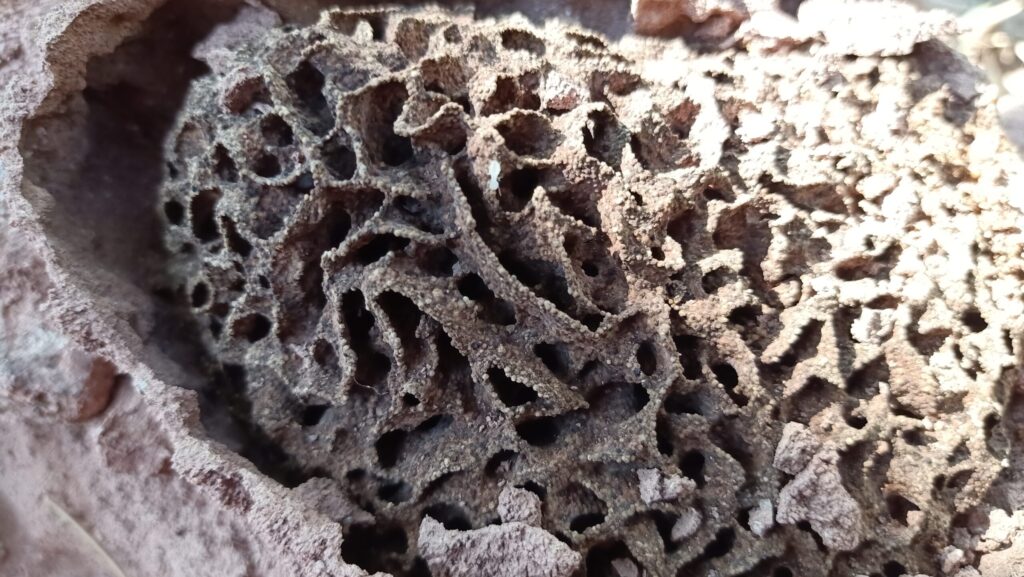
The physical structures created by social insects rank among the most impressive architectural achievements in the natural world, particularly considering they emerge without centralized planning or blueprints. Termite mounds in Africa and Australia can reach heights of several meters, incorporating sophisticated ventilation systems that maintain internal temperature within one degree Celsius despite external fluctuations of 40 degrees or more. Honey bee combs demonstrate mathematical precision, with hexagonal cells that maximize storage space while minimizing construction material through exactly 120-degree angles between walls. Army ants create living bridges and shelters (bivouacs) using their own bodies, dynamically adjusting their structures to changing conditions. These complex structures emerge through stigmergy—a mechanism where the partial structure itself provides cues that guide further building activities. When a termite places a soil pellet impregnated with pheromones, it stimulates other termites to add more material at that location, gradually leading to the emergence of pillars, arches, and chambers. This decentralized construction method enables colonies to build adaptive structures far more complex than any individual could design, demonstrating how sophisticated functional architecture can emerge from simple behavioral rules followed by thousands of independent builders.
Colony Defense: Coordinated Protection Strategies
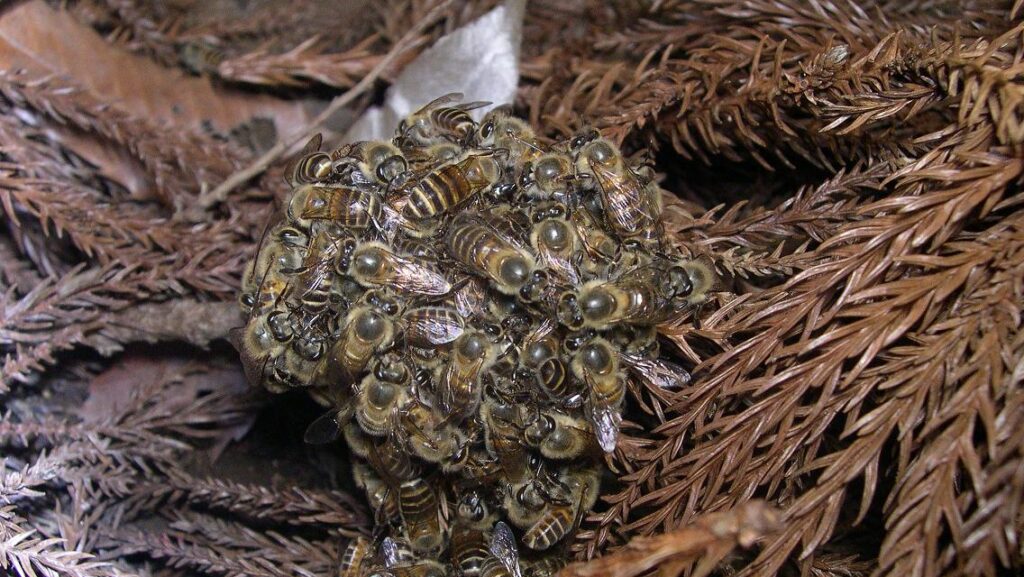
The concentrated resources of insect colonies—food stores, brood, and reproductive individuals—present tempting targets for predators and parasites, driving the evolution of remarkable defense strategies that leverage collective action. Physical defenses include specialized soldier castes with powerful mandibles, chemical spray weapons, or enlarged heads that can block nest entrances, as seen in many ant and termite species. Honey bees employ a dramatic defense when facing hornets—forming a ball around the invader and raising the internal temperature until the hornet is literally cooked to death, while carefully maintaining temperatures below the bees’ own thermal tolerance. Chemical defenses are equally sophisticated: when pharaoh ants detect pathogenic fungi, they produce specific antimicrobial secretions to protect the colony, essentially deploying a collective immune system. Social insects also practice prophylactic hygiene, removing dead individuals, segregating waste, and grooming nestmates to remove parasites and pathogens. These multi-layered defense systems reflect the strong selective pressures on colonies to protect their substantial investments in shared resources and infrastructure, resulting in protection strategies that combine individual specialization with coordinated group responses to neutralize diverse threats.
Superorganism Concept: When Many Become One
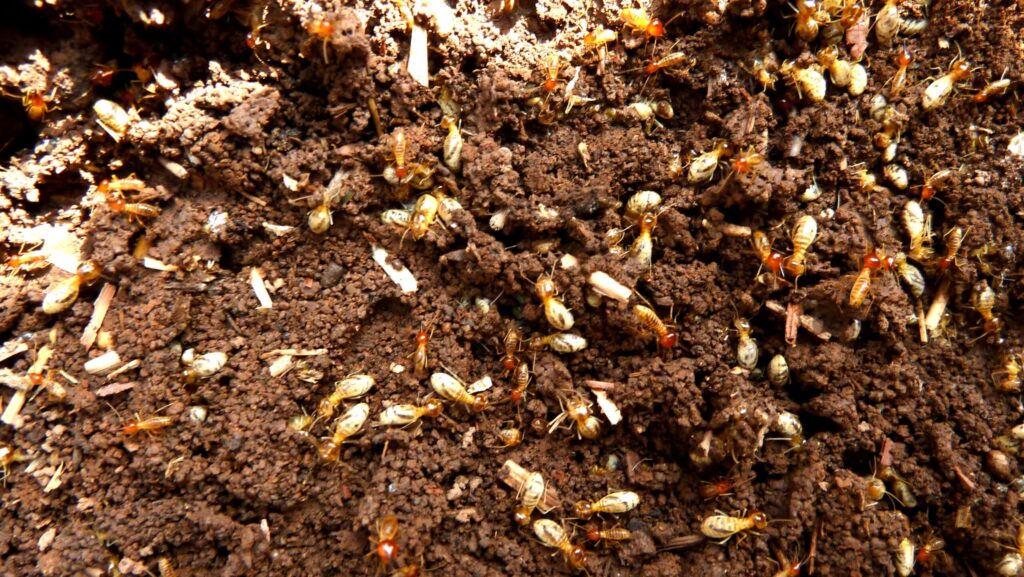
The most advanced insect societies function so cohesively that biologists often describe them as “superorganisms”—biological entities composed of many individuals but functioning with the integration of a single organism. This concept recognizes that natural selection operates not just on individual insects but on whole colonies, with better-organized colonies outcompeting less efficient ones. In this framework, worker ants serve roles analogous to somatic cells in a multicellular body, while queens and reproductive males represent the germline that passes genetic information to the next generation. The colony exhibits homeostasis, maintaining internal conditions like temperature and humidity within narrow ranges despite environmental fluctuations. Resource allocation within the colony parallels nutrient distribution in bodies, with food flowing from foragers to nurses to larvae through social stomach networks. Even information processing shows organism-like properties, with stimulus detection, integration, and response occurring through collective mechanisms rather than centralized control. The superorganism perspective helps explain extreme worker adaptations that make sense only in a colony context, like self-sacrifice in honey bee defense or the complete worker sterility in many advanced ant species. While the analogy has limits—colonies lack the physical interconnection of true organisms—it captures the functional integration that makes social insects so evolutionarily successful.
Social Parasitism: Exploiting the Social Contract
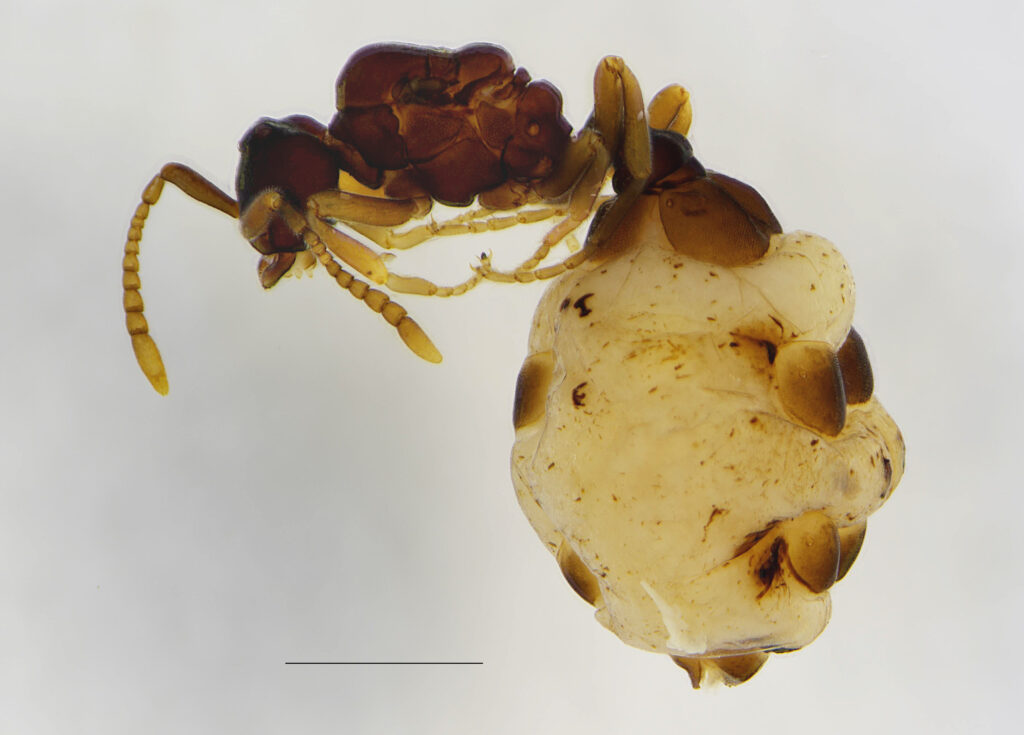
The evolution of complex social systems in insects has created new ecological niches for exploitation, leading to fascinating cases of social parasitism—species that exploit the social behaviors of other species. Inquiline social parasites are the insect equivalent of cuckoos, with queens that infiltrate host colonies, often by mimicking host chemical signatures or overwhelming recognition systems through excessive production of appeasement substances. Once established, these parasitic queens either coexist with or replace the host queen, redirecting worker efforts toward raising the parasite’s offspring. Some parasitic ants have lost their worker caste entirely, evolving into species consisting only of reproductive individuals that rely completely on host workers. Slave-making ants take a more aggressive approach, raiding other colonies to capture pupae that will develop into workers serving the raiders’ colony. Perhaps most dramatically, some social parasites manipulate the complex communication systems of their hosts—certain butterflies mimic ant alarm pheromones to scare away protective ants from aphid herds the ants normally tend, allowing the butterflies to feed on the aphids. These diverse parasitic strategies demonstrate how the complex social structures of insect societies create new evolutionary opportunities, generating arms races between hosts evolving better recognition systems and parasites developing more sophisticated techniques to circumvent those defenses.
Lessons from Insect Societies: Implications Beyond Entomology
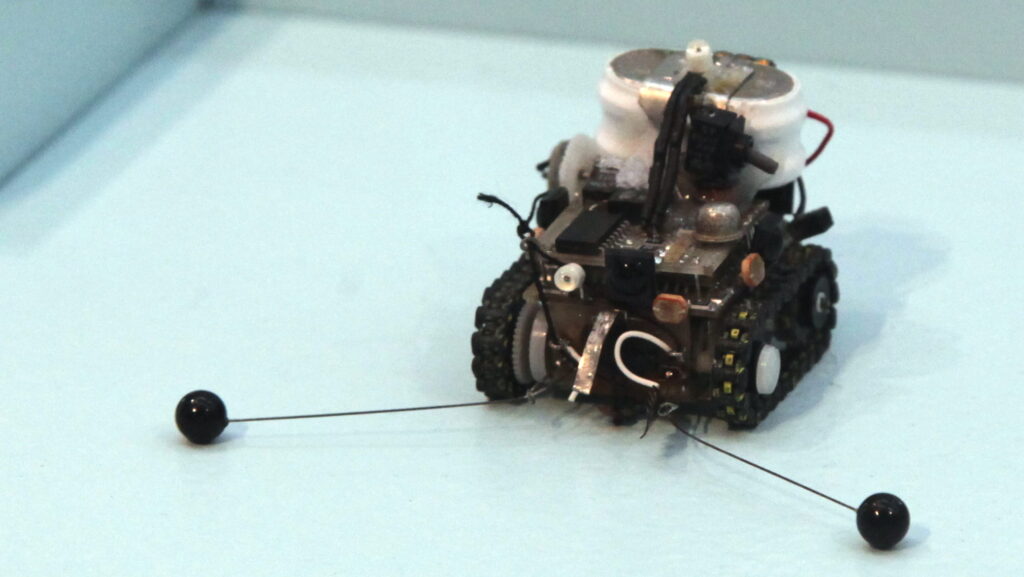
The study of insect societies offers insights that extend far beyond entomology, informing our understanding of fundamental biological processes and inspiring applications in human systems. Evolutionary biologists examine social insects to understand major transitions in evolution, using them as models for how cooperative groups become integrated units subject to selection. The self-organizing principles that enable ant colonies to efficiently allocate workers to tasks have inspired algorithms for telecommunications routing, factory scheduling, and robotic coordination. Termite mound ventilation systems have influenced sustainable architecture designs that regulate building temperature with minimal energy input. The decentralized decision-making processes of honey bee swarms have provided models for collective human decision procedures that avoid the pitfalls of groupthink while maintaining efficient consensus building. Even medicine has drawn lessons from social insects—the ways colonies manage disease through multilayered defenses offers insights for public health approaches to epidemic control. Perhaps most profoundly, social insects demonstrate how impressive collective capabilities can emerge from individuals following relatively simple rules—a principle with implications for understanding complex systems from neural networks to human organizations. As we face increasing global challenges requiring coordinated action.

